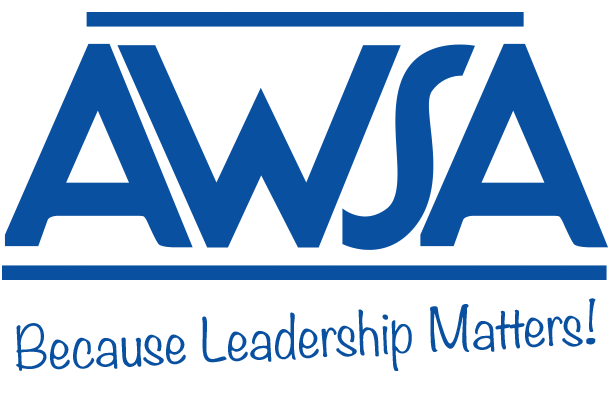Communications Tools Every Principal Can Useby Joe Donovan, President and Founder, the Donovan Group When it comes to school communication, I often refer to the use of various tools. In fact, I often refer to an "invisible" toolbox that educational leaders use to communicate. As we continue to work through the challenges of the COVID-19 pandemic, there is value in considering the various communication tools we have available to us—and to ensure we are using the right ones. I often speak and write about a specific method of communication planning. For every communication a school or district leader creates, I believe there are four simple corresponding questions that should be asked in order. They are: 1) As it relates to this communication, how will I know that I am successful? What are my goals with this communication? 2) To achieve the goals I have outlined in the first question, who do I need to reach? Who is my audience? With which stakeholders do I need to connect? 3) To achieve the goals I have outlined in the first question, what do I want to make sure my audience knows, understands and feels? What are my key messages? 4) Finally, to achieve the goals I have outlined in the first question, which communication tools can I use to convey my messages to my stakeholders? Communication planning can be as simple as answering these four questions. There are, however, two challenges we must be aware of as it relates to the final question, which relates to tools. First, there is a tendency—and I must admit to falling victim to it myself—of choosing our communication tools before determining our goals, stakeholders and messages. This creates problems, as it is akin to going to your home toolbox, pulling out a hammer and using it for every it for every home project, no matter what it is. Just as you would not use a hammer to tighten a screw, you would not use a single communication tool to communicate all things to all people. Like the tools we use to fix things, there is a time and place for each of our communication tools. This is especially true now, during the COVID-19 pandemic. To be sure, if we could look into the invisible communication toolbox of most school or district leaders, we would see many of the same tools. We can send emails to all parents and all staff. We can post to social media. We can add updates to the website. We can distribute news releases or convey information by video. However, some of our best communication tools—those that involve in-person gatherings like tours, open houses and in-person meetings—are currently unavailable to us. While COVID-19 has created many challenges for school leaders and the students and families they serve, there are some hidden communication opportunities. I know, for example, that many of you, in your efforts to connect meaningfully with staff, parents, students and others, have employed new tools to communicate and have gotten quite comfortable with them. For example, many of you have added the ability to present virtually to your toolbox. That is terrific! As we emerge from this COVID-19 era, I encourage you to take stock of what worked to engage stakeholders before and which communication tools you should use again. Also think about what worked especially well during COVID-19 that you should continue in the months and years ahead. Use these tools and methods to not only be effective in your communication, but also to push yourself to be truly exceptional in telling the story of your school and district. Joe Donovan is the founder and president of the Donovan Group. The Donovan Group is an education-focused communications firm that provides crisis communications support to AWSA members. If you have a crisis situation or a communications-related question, please don’t hesistate to call Joe Donovan at 414-409-7225 ext. 2, or reach out to him via email at [email protected].
Elementary Edition - Secondary Edition - District Level Edition |
